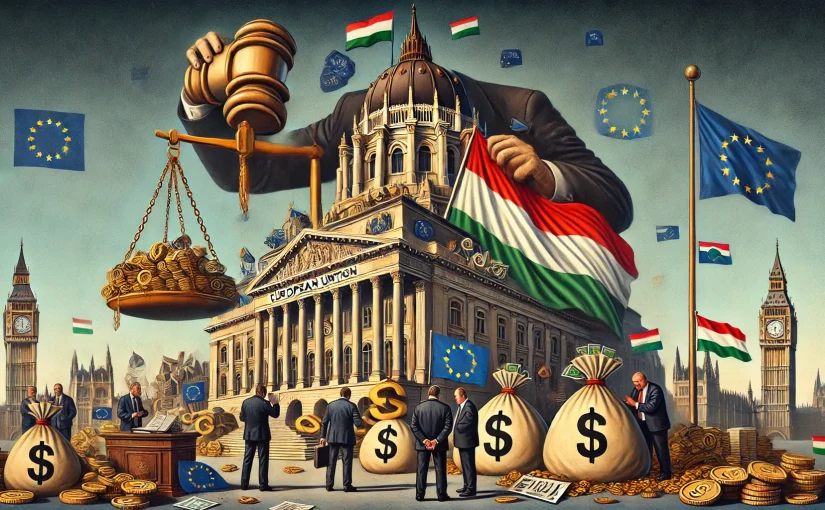Hungary misses payment deadline for penalty related to asylum policy violations.
By Mario Dorizas
The European Union has decided to withhold future payments to Hungary as a consequence of the country’s refusal to pay a fine related to its breach of EU asylum regulations, as announced by European Commission spokesperson Balazs Ujvari on Wednesday.
Earlier this year, the European Court of Justice ruled against Hungary, imposing a fine of €200 million ($222 million) and an additional daily penalty of €1 million. This ruling came after Hungary was found to have deprived migrants of their right to apply for asylum, thus violating EU migration laws.
Despite holding the rotating presidency of the EU until the end of the year, Hungary has declared that it will not pay the imposed fine and recently threatened to transport arriving migrants to Brussels by bus.
The European Commission’s spokesperson stated that identifying the future payments from which the fine will be deducted would require time.
This conflict between the EU and Hungary began in December 2020, when the European Court of Justice found that Hungary had severely restricted access to asylum processes, making it “virtually impossible” for refugees to file their applications. Additionally, Hungarian authorities were accused of unlawfully detaining asylum seekers in “transit zones” without granting them the right to appeal.
EU lawmakers introduced a new migration pact in 2023 that aimed to distribute the responsibility for migrants, primarily arriving in Italy and Greece, among EU member states based on a quota system. Under this legislation, member states not situated on the EU’s external borders have the option to either accept refugees or contribute to an EU fund as compensation.
This policy was intended to ease the burden on member states by sharing the responsibility for hosting migrants. However, some eastern EU countries, including Hungary and Poland, opposed the plan. Austria, Slovakia, and the Czech Republic chose to abstain during the vote.
Hungarian President Viktor Orban strongly criticized the decision, claiming that Brussels had “forced” Hungary and Poland into an arrangement that would require them to accept quotas of illegal immigrants. Orban vowed to resist any compromises with the EU on this matter.
